Conquering the Ha Giang Loop by motorbike is both breathtaking and challenging. To ensure your adventure is safe and unforgettable, learn the top 10 Mistakes to Avoid When Traveling to Ha Giang by Motorbike, along with expert tips from Phieu Travel for navigating northern Vietnam’s rugged terrain and rich culture.
1. Ha Giang Motorbike Travel
Ha Giang, Vietnam’s northernmost province, offers one of Southeast Asia’s most spectacular motorbike experiences. The iconic Ha Giang Loop a 350-kilometer circuit winding through limestone karsts, terraced rice fields, and ethnic minority villages attracts thousands of adventure seekers annually. The journey traverses the UNESCO-recognized Dong Van Karst Plateau Geopark, reaching elevations of nearly 2,000 meters and featuring heart-stopping mountain passes like Ma Pi Leng.
While the rewards of exploring this remote region are immense, the challenges are equally significant. Ha Giang’s unpredictable weather conditions, challenging terrain, and isolated location create a journey that demands thorough preparation and respect for local conditions. Even experienced riders can find themselves in difficult situations when proper precautions aren’t taken.
Understanding common pitfalls before embarking on a Ha Giang motorbike adventure can be the difference between an unforgettable experience and a dangerous misadventure. Local knowledge from experienced guides and operators like Phieu Travel proves invaluable in navigating both the physical landscape and cultural context of this unique destination.
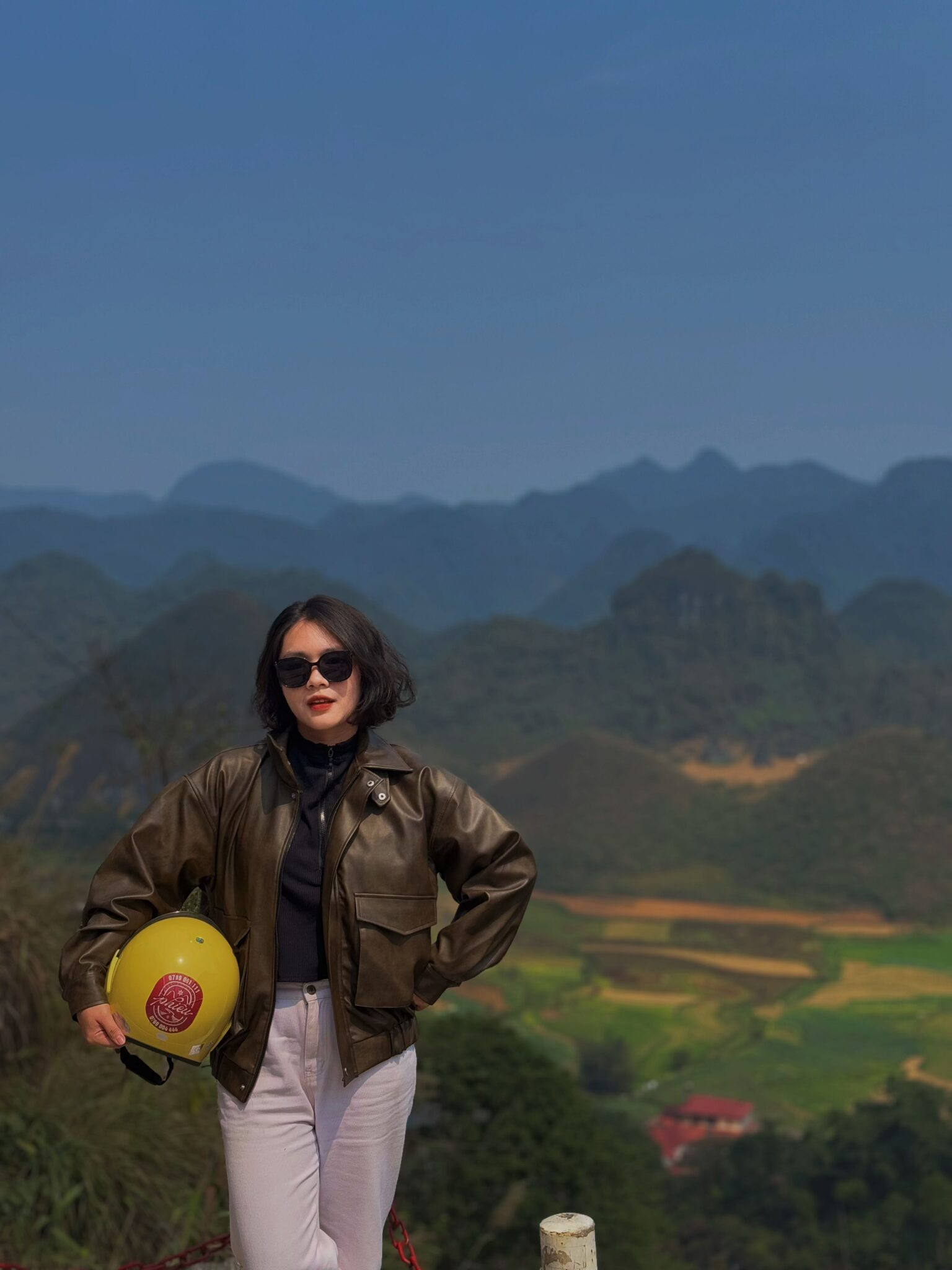
Ha Giang Motorbike Loop: The Ultimate Tour with Phieu Travel
2. 10 Common Mistakes to Avoid When Traveling to Ha Giang by Motorbike
The excitement of planning a Ha Giang motorbike trip can sometimes overshadow crucial safety and practical considerations. Being aware of these common mistakes can significantly improve your experience and ensure you return with only positive memories.
2.1. Underestimating Terrain and Weather
Ha Giang’s landscape presents some of Vietnam’s most challenging riding conditions. Steep mountain passes with gradients exceeding 20%, narrow roads carved into cliff faces, and loose gravel surfaces require constant attention and skill. Many sections feature blind corners with sheer drops of hundreds of meters and no guardrails.
Weather compounds these challenges, changing rapidly in the mountains. The region experiences dense fog that can reduce visibility to less than five meters, especially during early mornings. Sudden downpours transform dusty roads into slippery hazards within minutes. During winter months (December-February), temperatures can drop below 5°C, with occasional frost at higher elevations.
Local Insight: Ha Giang experiences distinct microclimate zones, meaning conditions can vary dramatically between valleys even on the same day. Always check provincial weather forecasts and speak with local accommodation providers about current road conditions.
Ha Giang weather by month complete local guide for travelers
2.2. Not Inspecting Your Motorcycle Thoroughly
Rental motorcycles in northern Vietnam often endure hard use on challenging terrain. Mechanical issues that might be minor inconveniences in urban areas can become dangerous emergencies on remote mountain roads. Critical components require careful examination before departure.
Brake failure presents particular danger on Ha Giang’s steep descents. Worn brake pads, low brake fluid levels, or damaged cables might not be evident during a quick test ride around town. Similarly, tires with inadequate tread face significantly higher risks of punctures or skids on gravel-strewn surfaces.
Engine problems, while less immediately dangerous, can leave travelers stranded in areas with no cellular coverage and infrequent passing traffic, especially during low season or poor weather. Even seemingly minor issues like dim headlights become critical safety concerns when navigating mountain roads after unexpected delays.
2.3. Overloading Your Motorbike
Many travelers underestimate how excess weight affects motorcycle handling, particularly on mountainous routes. A fully loaded bike handles differently braking distances increase significantly, cornering becomes more difficult, and balance at slow speeds (crucial for navigating steep switchbacks) becomes precarious.
Standard 125cc motorcycles commonly used for Ha Giang trips have weight limitations that, when exceeded, stress components beyond design specifications. Overloaded suspension systems cannot properly absorb road irregularities, leading to reduced control. Engine overheating becomes more common on long uphill sections when carrying excessive weight.
The problem compounds when carrying a passenger. Two people plus luggage can easily exceed 150kg beyond the design capacity of smaller motorcycles. This overloading increases accident risk, particularly when needing to make sudden maneuvers to avoid road hazards.
2.4. Choosing the Wrong Motorbike
Selecting an inappropriate motorcycle for the Ha Giang Loop often stems from overconfidence or underestimating the route’s demands. Powerful manual motorcycles (150cc and above) offer speed and acceleration but require experience to handle safely on mountain roads. Their weight makes recovery from slides more difficult and increases injury risk in falls.
Conversely, underpowered scooters (below 110cc) struggle on steep ascents, especially with two riders. This forces riders to maintain high RPMs for extended periods, risking engine damage and creating hazardous situations when unable to accelerate out of dangerous traffic scenarios.
Rental quality varies dramatically between providers. Visually identical motorcycles may have vastly different maintenance histories. Budget rentals often use inferior replacement parts, have worn tires, and defer critical maintenance. Selecting a reputable rental company with well-maintained vehicles significantly reduces breakdown risks.
Travel Tip: Semi-automatic motorcycles (125cc) offer the best balance for most riders, providing adequate power while remaining manageable for those with limited experience. Reputable tour operators like Phieu Travel maintain their fleet to higher standards than typical budget rentals.
2.5. Ignoring Safety Gear
The consequences of inadequate protection become magnified on Ha Giang’s remote roads. Even minor accidents can turn serious when medical facilities are hours away. Full-face helmets provide critical protection against head injuries and face lacerations, yet many travelers opt for lightweight “half helmets” that offer minimal protection.
Appropriate clothing serves as a crucial second skin. Road rash from slides on mountain gravel causes deep wounds that easily become infected in rural conditions. Proper motorcycle jackets with armor inserts protect vulnerable shoulders, elbows, and spine. Gloves prevent hand injuries that would otherwise make continuing the journey impossible.
Visibility gear becomes particularly important in Ha Giang’s frequent fog conditions. Bright colors and reflective elements help other vehicles spot motorcyclists in limited visibility. This simple precaution significantly reduces collision risks with trucks that regularly traverse mountain roads.
2.6. Disregarding Local Traffic Rules and Etiquette
Vietnamese traffic patterns differ significantly from Western norms. Vehicles frequently cross center lines on curves, use horns as communication rather than warnings, and maintain close following distances. Misinterpreting these behaviors leads to dangerous reactions and unnecessary stress.
Local etiquette includes specific protocols for mountain roads. Uphill vehicles generally have right-of-way on single-lane sections. Particular horn patterns signal different intentions two short honks before blind corners indicate presence, while continuous honking from large vehicles signals that smaller vehicles should yield.
Road sharing with local traffic requires understanding common behaviors. Many ethnic minority residents transport agricultural products by motorcycle, creating wide or unstable loads. Trucks often use engine braking rather than brake lights on descents. Large buses take wide lines through corners, sometimes using the entire road width.
2.7. Riding at Night or in Poor Conditions
Nighttime riding in Ha Giang presents multiple hazards that experienced local drivers avoid whenever possible. Limited street lighting exists only in major towns, leaving rural sections in complete darkness. Road hazards including potholes, landslides, and livestock become virtually impossible to spot in time.
Wildlife presents additional nighttime dangers. Water buffalo, goats, and domestic animals often roam freely near villages. These animals frequently lie on warm asphalt after sunset or cross roads unpredictably, creating collision hazards that even cautious riders struggle to avoid in darkness.
Heavy rain transforms Ha Giang’s roads dramatically. Clay-based soil creates slick surfaces, while water channels across roads at predictable points. Reduced visibility from rain compounds these issues. Experienced local riders immediately seek shelter during heavy downpours rather than continuing in dangerous conditions.
Local Insight: During rainy season (May-September), morning rides typically offer better conditions before afternoon storms develop. Planning shorter daily distances with earlier arrival times provides flexibility to wait out adverse weather.
2.8. Skipping Route and Fuel Planning
The remote nature of Ha Giang’s landscape means fuel stations operate at irregular hours and sometimes experience shortages during high season. Major towns like Dong Van and Meo Vac maintain reliable fuel supplies, but smaller villages may offer only basic services with unpredictable availability.
Standard 125cc motorcycles have fuel capacities around 4-5 liters, providing approximately 150-200km range under ideal conditions. Mountain riding with constant elevation changes reduces this range significantly. The most isolated sections of the loop, particularly between Dong Van and Meo Vac, require careful fuel management.
Accommodation planning similarly requires forethought. While homestays and guesthouses exist throughout the region, quality and availability vary dramatically. During peak seasons (September-November and February-April), the most desirable accommodations fill quickly, leaving unprepared travelers with limited options in unfamiliar locations.
2.9. Neglecting Permits and Documentation
Ha Giang’s proximity to the Chinese border means parts of the province maintain special administrative status. Foreign travelers must obtain a visitor permit (border permit) from the Ha Giang Immigration Office before traveling to certain areas, including the popular Dong Van and Meo Vac districts.
While enforcement varies, checkpoints can appear at district boundaries. Travelers without proper permits may face fines or be required to return to Ha Giang city to obtain documentation. This disrupts carefully planned itineraries and creates unnecessary complications in remote areas.
Proper vehicle documentation also remains essential. Police checkpoints occasionally verify motorcycle registration papers match the vehicle being ridden. Riding without these documents risks fines and potential vehicle impoundment. Reputable rental companies always provide necessary registration documents.
2.10. Disrespecting Local Culture and Communities
Ha Giang province hosts remarkable ethnic diversity, with 22 distinct minority groups maintaining unique traditions, beliefs, and social structures. These communities have specific customs regarding photography, appropriate dress, and interaction with outsiders that differ significantly from Vietnam’s urban centers.
Many villages maintain sacred sites or conduct ceremonies that require particular respect. Taking photographs without permission, especially of religious activities or elderly community members, can cause genuine offense. Similarly, wearing revealing clothing near traditional communities disrespects local sensibilities.
Tourism growth has created complex dynamics in previously isolated communities. While economic benefits exist, commercialization threatens traditional ways of life. Responsible visitors seek to understand local contexts, purchase products directly from artisans, and engage respectfully with communities rather than treating them as photographic subjects.
Travel Tip: Learning a few phrases in Vietnamese demonstrates respect and facilitates more meaningful interactions. Simple greetings like “Xin chào” (hello) and “Cảm ơn” (thank you) create goodwill in local communities.
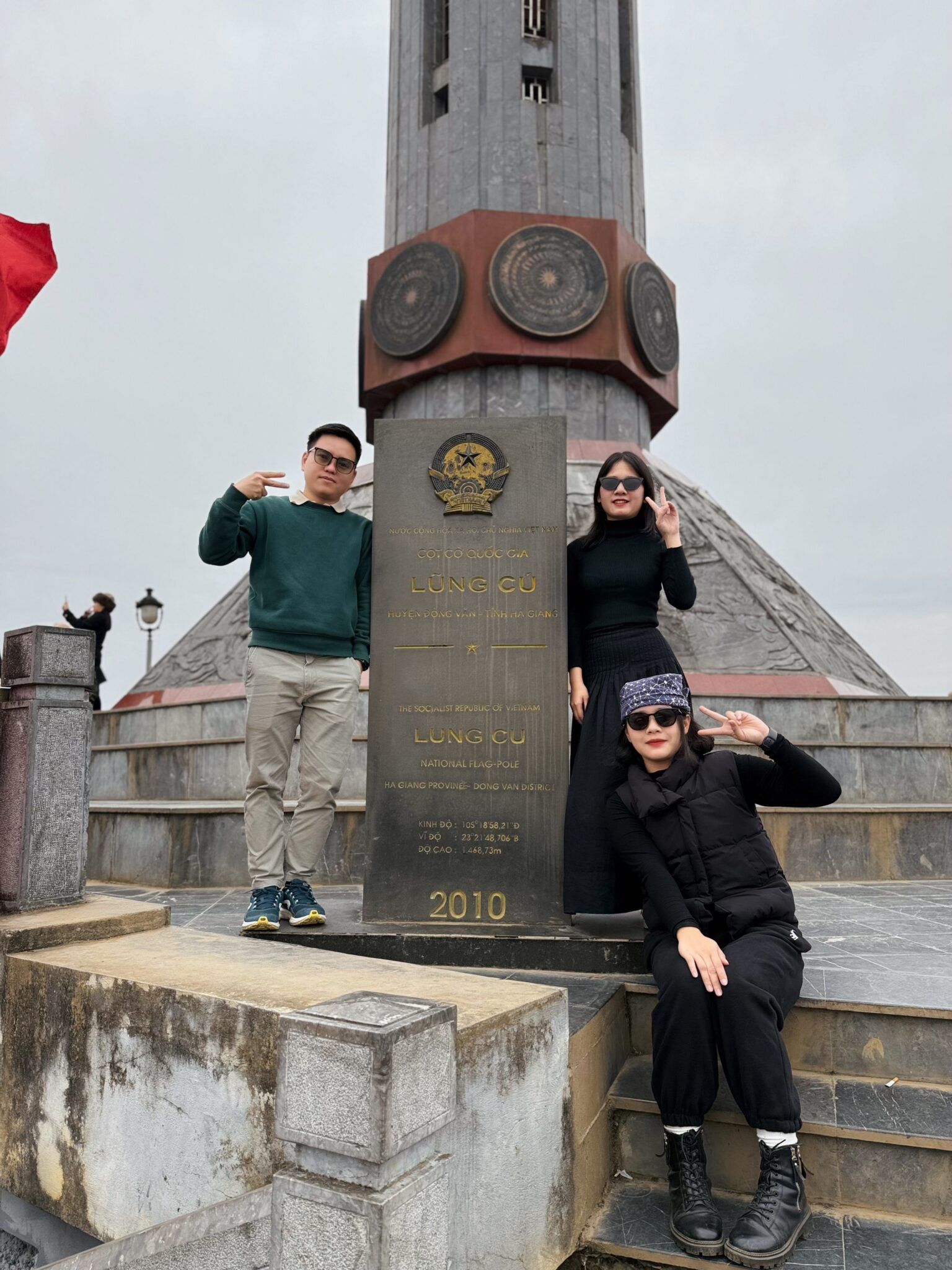
Ready for an unforgettable adventure? Book Now Ha Giang Loop Tour with Phieu Travel and explore northern Vietnam like never before!
Book Now Ha Giang Loop Tour
3. Essential Tips for a Safe and Rewarding Ha Giang Motorbike Trip
Beyond avoiding common mistakes, implementing these proactive strategies ensures a successful Ha Giang experience that balances adventure with safety. These recommendations come from Phieu Travel’s years of guiding visitors through northern Vietnam’s mountainous terrain.
Preparation and Planning
Thoroughly research the loop before arrival, understanding its sections and challenges. The classic route includes Ha Giang City, Quan Ba, Yen Minh, Dong Van, Meo Vac, and return typically requiring 3-4 days for comfortable completion. Allow additional time for exploration rather than rushing between destinations.
Physical preparation helps manage fatigue. Long riding days (sometimes 6-8 hours) cause physical strain even for experienced riders. Core strength and flexibility exercises before the trip reduce discomfort and improve control during long riding sessions. Maintaining proper hydration prevents concentration lapses.
Technological preparation includes downloading offline maps (Google Maps, Maps.me), translation apps, and weather forecasts before departure. Portable power banks ensure navigation devices remain charged in areas with limited electricity. Waterproof phone cases or pouches protect essential technology during unexpected rain.
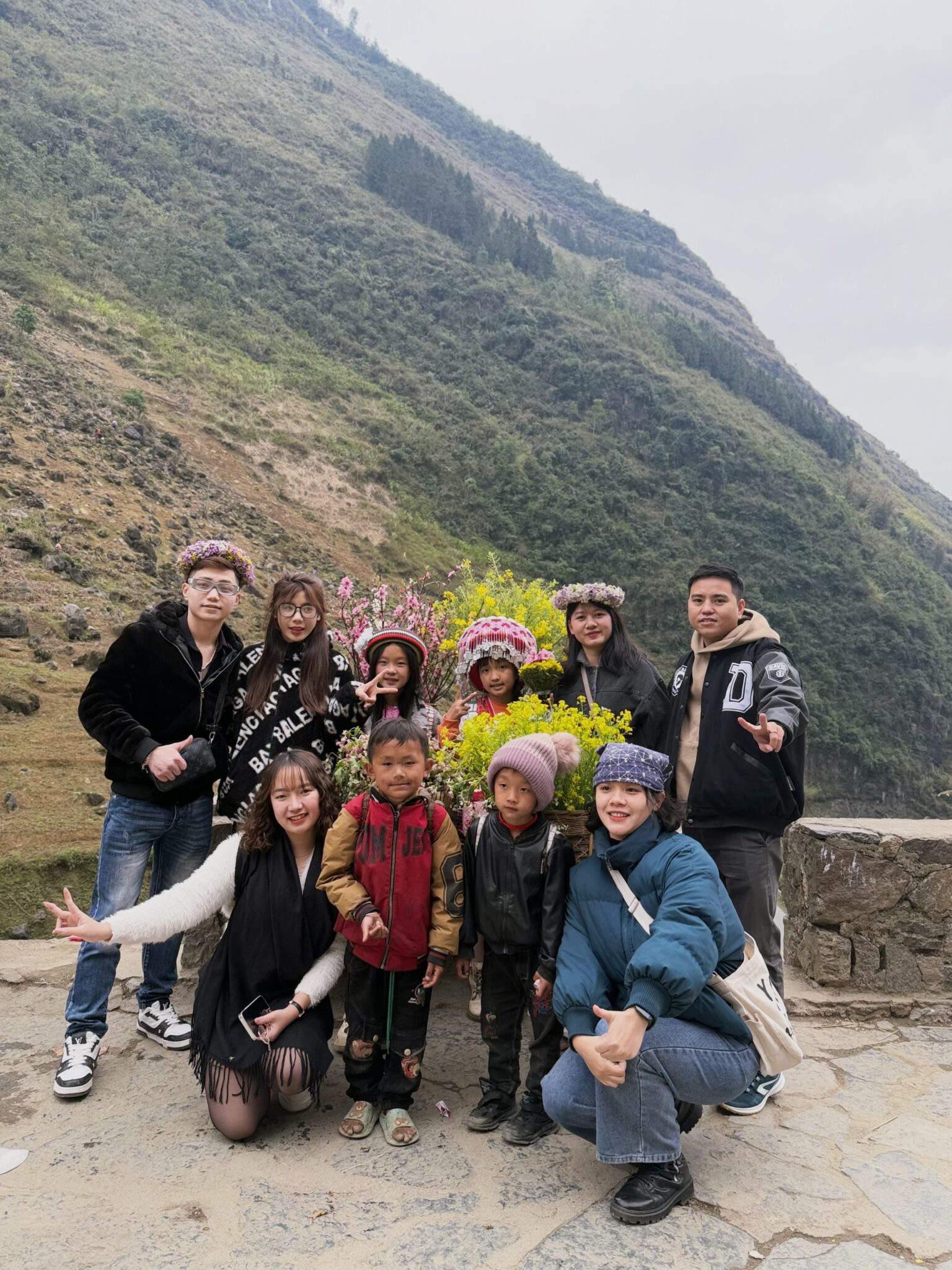
Equipment and Vehicle Considerations
Select motorcycles with appropriate features for mountain riding. Dual-purpose tires provide better traction on varied surfaces. Working suspension with adequate travel absorbs road irregularities. Properly adjusted mirrors and functioning turn signals improve safety during interactions with other vehicles.
Pack strategically, keeping weight centered and low on the motorcycle. Distribute heavier items in saddlebags rather than backpacks to maintain stability. Secure all luggage properly to prevent shifting during cornering or braking. Waterproof storage solutions protect essential items during rain.
Dress appropriately for variable conditions. Layered clothing accommodates temperature changes between valleys and peaks. Quick-drying materials perform better than cotton in humid or wet conditions. Always carry rain gear regardless of forecasts due to mountain microclimates.
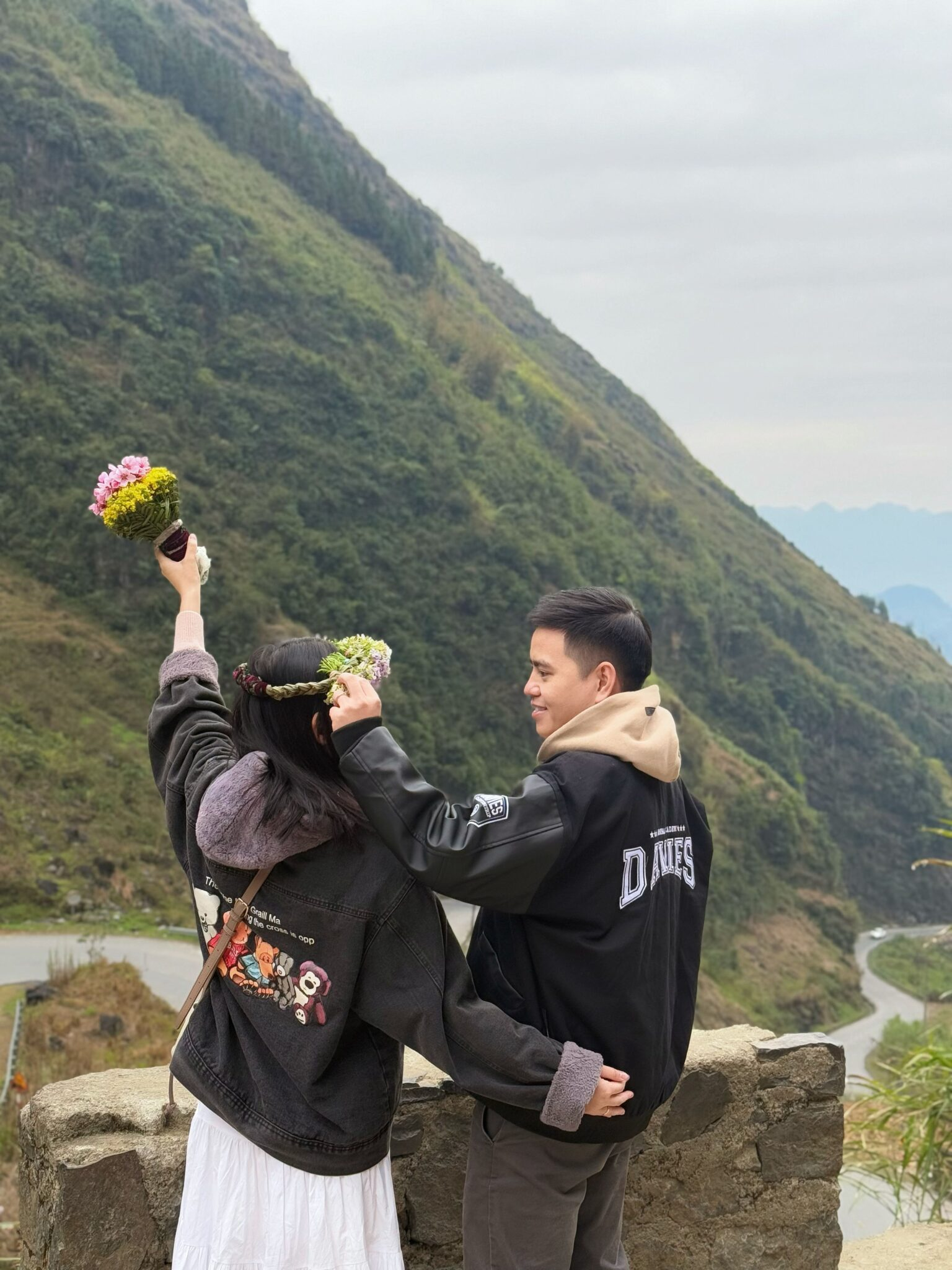
Road Safety Practices
Maintain conservative speeds, particularly on unfamiliar sections. Most accidents occur when riders carry excessive speed into blind corners or encounter unexpected hazards. The journey’s value comes from immersion in the landscape rather than rapid transit between points.
Practice defensive driving, maintaining awareness of potential hazards. Scan road surfaces continuously for gravel patches, water crossings, or livestock. Monitor other traffic through mirrors, anticipating behaviors different from Western driving norms. Create safety buffers by maintaining distance from other vehicles.
Take frequent breaks to combat fatigue. Stop at viewpoints not only for photographs but also to rest arms, shoulders, and concentration. Hydrate regularly and consume small, energy-rich snacks rather than heavy meals that cause drowsiness. Never continue riding when experiencing significant fatigue or fading concentration.
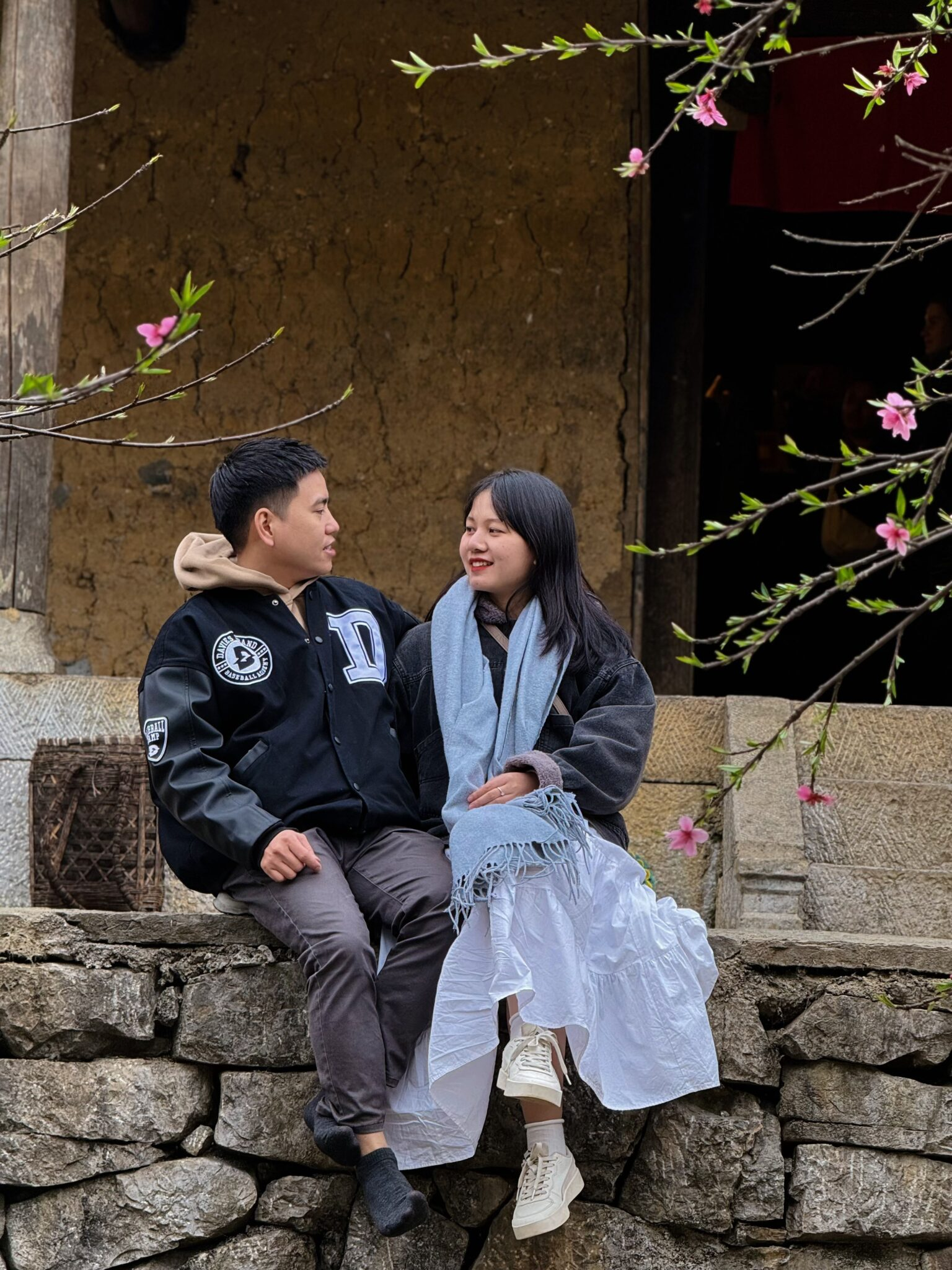
Cultural Sensitivity and Community Interaction
Research the ethnic groups residing in regions you’ll visit. Ha Giang hosts Hmong, Dao, Tay, Giay, Lo Lo, and other communities, each with distinct cultural practices. Understanding basic customs regarding photography, interaction with elders, and appropriate behavior at community gatherings prevents unintentional offense.
Support sustainable tourism initiatives and authentic local businesses. Choose homestays operated by ethnic minority families rather than commercial hotels when possible. Purchase crafts directly from artisans rather than through intermediaries. Eat at local establishments serving traditional cuisine.
Engage respectfully with community members, recognizing their agency and dignity. Ask permission before photography, particularly with children or during ceremonies. Express genuine interest in cultural practices without demanding performances or demonstrations. Small gifts of practical items (not candy) for host families show appreciation appropriately.
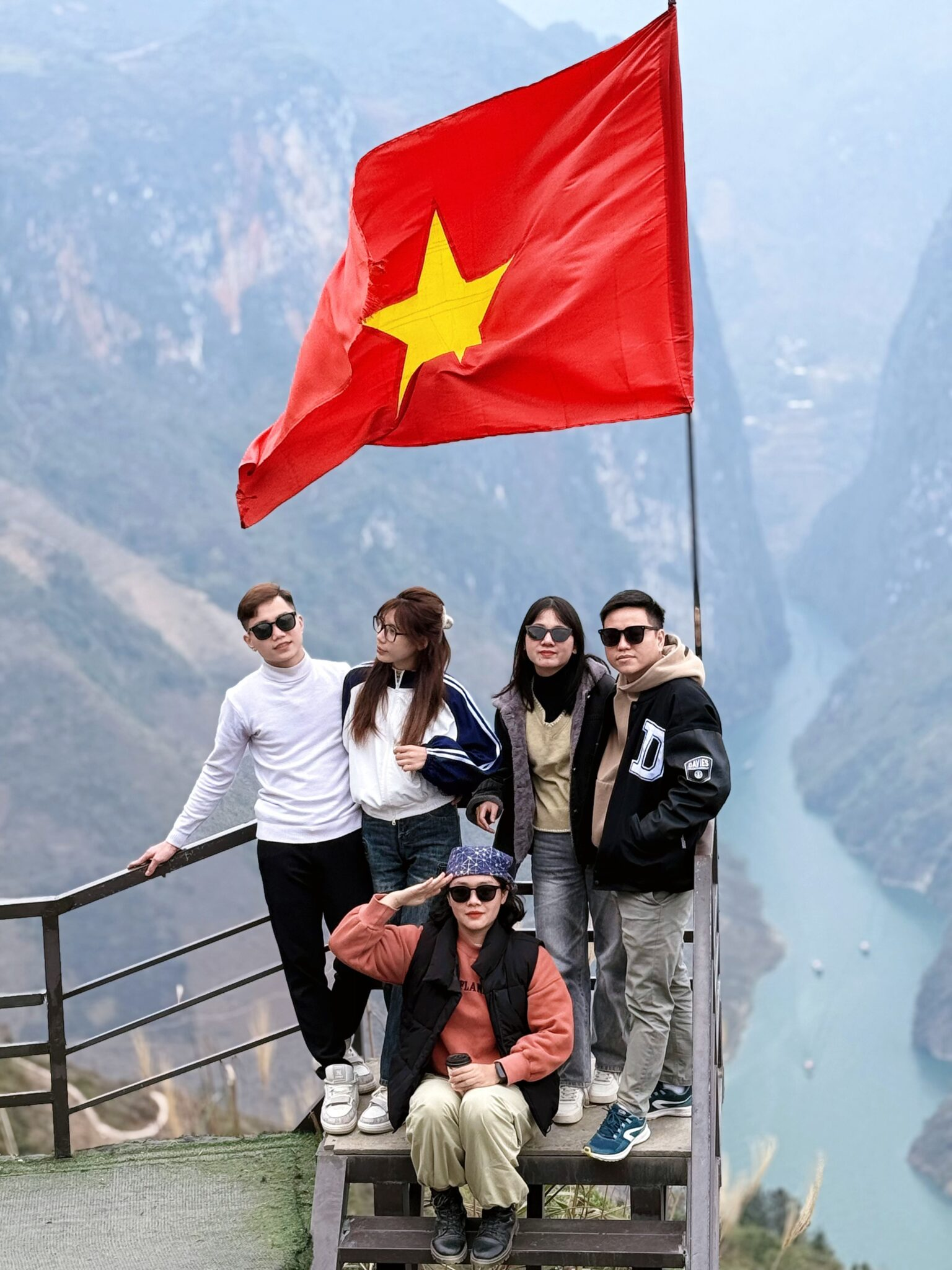
4. Conclusion: Embracing Ha Giang Responsibly
Ha Giang represents one of Vietnam’s most extraordinary landscapes and cultural experiences, but accessing its wonders requires responsible preparation and respect. The risks outlined in this guide aren’t meant to discourage adventure but rather to enhance it through proper understanding and precaution.
The region’s dramatic karst formations, winding mountain roads, and vibrant ethnic minority cultures reward travelers who approach the journey with patience, humility, and careful planning. Each village, mountain pass, and valley offers unique insights into Vietnam’s diverse heritage and natural beauty.
Responsible tourism supports local communities while preserving the authentic character that makes Ha Giang special. By avoiding common mistakes, travelers contribute to sustainable tourism development that benefits local populations while maintaining cultural integrity and environmental protection.
For those seeking a truly immersive Ha Giang experience with expert guidance, Phieu Travel offers comprehensive tour packages with experienced local guides, well-maintained motorcycles, and carefully selected accommodations. Their deep knowledge of the region ensures both safety and authentic cultural connections that independent travelers might miss.
Whether exploring independently or with guidance, Ha Giang’s extraordinary landscape and communities deserve thoughtful engagement. By traveling responsibly, visitors ensure this remarkable destination remains vibrant and accessible for future generations to discover and appreciate. Visit Phieutravel.com to learn more about experiencing Ha Giang safely and authentically with local expertise guiding your journey.
Read more:
- Ha Giang Easy Rider – Private Motorcycle Driver: The Ultimate Guide
- Pho Cao Ha Giang: A Vibrant Ethnic Market on the Karst Plateau
- Ha Giang Loop Fines and License Requirements (2025 Guide)
- Ride Into the Soul of Vietnam: The Ultimate Guide to Ha Giang Loop Solo

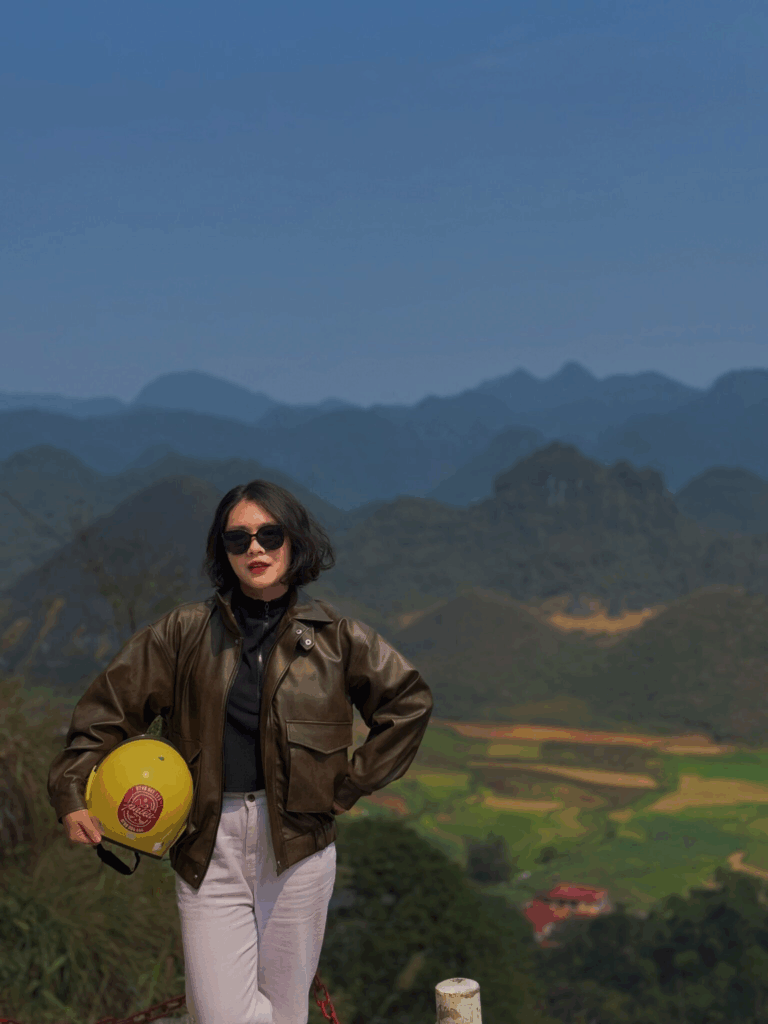
You Might Also Like
Ha Giang Weather in September: Complete Guide for Travelers
Exploring the magnificent Ha Giang Loop in September offers travelers a perfect balance of favorable[...]
Quan Ba Twin Mountains: Ha Giang’s Iconic Fairy Hills and Complete Travel Guide
The mystical Quan Ba Twin Mountains rise from the emerald valleys of Ha Giang like[...]
Vuong family mansion: the architectural marvel and cultural legacy of Ha Giang
Deep in Vietnam’s northern highlands, where mist-shrouded mountains meet terraced rice fields, stands a testament[...]
Ha Giang Loop Safety Tips: How to Ride Securely in Vietnam’s Northern Mountains
The Ha Giang Loop, with its winding mountain roads and breathtaking landscapes, offers one of[...]
The Ultimate Guide to the M-Shaped Curve on Ha Giang Loop
Vietnam’s remote northern province of Ha Giang hides a natural wonder that has captivated adventurous[...]
Most Beautiful Places to Visit in Vietnam: Essential Destinations and Insider Tips
Vietnam captivates travelers with its stunning landscapes, rich cultural heritage, and warm hospitality. From mist-shrouded[...]
Beyond the Beaten Path: Discovering Ha Giang Province in Northeast Vietnam
Ha Giang Province in Northeast Vietnam stands as one of the country’s last frontiers for[...]
Rainy season in Ha Giang: what to expect, when to go, and travel tips
Vietnam’s northern frontier reveals a different face during the rainy season, transforming Ha Giang’s limestone[...]